Fiberglass cooling tower
Fiberglass cooling tower is a type of cooling tower or cooling tower with a composite or fiberglass body. Fiberglass cooling tower is a source of hot water cooling returned from chillers or industrial machines. Fiberglass cooling tower is a water-to-air cooling converter that has different types. The hot water in this equipment is cooled by the outside air. Excess heat is discharged from the top of the fiberglass cooling tower. The cooled water in the fiberglass cooling tower drops to a humid temperature. As a result of the contact process, the air in the cooling tower evaporates. Evaporation of water increases the humidity of the exhaust air. The vapors released from the water are directed to the open air as moisture. There are different types of fiberglass cooling towers, the most common of which are cubic fiberglass towers and open circuit cones.
You may ask, what is fiberglass?
Fiberglass is a type of composite or a combination of several different polymeric materials (resin and adhesive) with glass. Fiberglass is named after two words, fiber (compressed plastic) and glass, and means a combination of polymer and glass. Fiberglass is classified into two categories, frp and grp, which frp stands for fiber reinforced polymer. Fiberglass is composed of a combination of glass fiber and special adhesive (resin) and is much stronger than other polymers due to its composite structure.
Simply put: fiberglass is a type of polymer that is reinforced by glass fibers and has a very high mechanical strength.
Why do we use fiberglass in the structure of the cooling tower ???
At this stage, one may ask why most of the cooling tower products are offered with fiberglass body today. In response to this issue, we must say that there are many reasons for the use of fiberglass in the structure of the cooling tower body, the most important of which are:
-
No rusting of the body in response to moisture and water
-
Impermeable to the heat of the sun (especially in summer)
-
Anti-UV body and no sunburn and rot of parts against sunlight
-
Possibility of production and manufacturing in very large capacities in a multicellular manner
-
Extremely low fouling against solutes in water
-
Lightweight fiberglass structure compared to different metals and concrete
-
Low vibration and vibration of the body due to bolts and joints of the body
-
The growth of algae and bacteria in the fiberglass environment is slow.
-
Very long life of fiberglass body in the useful life of the cooling tower
-
Cheaper production and high economic efficiency
-
Build faster
-
Easy to move and carry
To what temperature does the fiberglass cooling tower reduce water?
The combination of humidity with ambient air causes the air to reach a state of saturation (humidity 100). Water also decreases to near humid ambient temperature due to the above in the fiberglass cooling tower. Wet bubble temperatures or saturation temperatures of different regions and different climates are very different from each other. In environments that are adjacent to the sea or lake, such as the southern and northern coasts of the country, the relative humidity of the environment is high. Increasing the humidity of the environment will increase the temperature of saturated air, and as a result, the outlet water of the cooling tower will have a higher temperature. In other words, the humid air is very different in different parts of the country and the cooling tower has different functions in different parts. All types of fiberglass cooling towers can reduce the water temperature to 3 degrees above ambient temperature.
More information about Wetball temperature and design conditions in: Cooling tower calculations
Conclusion: In designing and selecting fiberglass cooling tower, considering the climatic environment conditions (temperature, humidity, etc.) is very important and vital.
*** The image below shows the humid temperature limits of different regions of Iran in the summer heat peak (August).
Types of fiberglass cooling tower applications
- Fiberglass cooling tower as chiller cooling
In this type of use, fiberglass cooling towers generally use white circular cooling towers on the roofs of buildings. The function of the fiberglass cooler tower is to cool the water of the chiller condenser in the engine room. Chiller cooling tower is often more used than industrial use. Increasing number of central air conditioning systems in buildings leads to more use of cooling towers in this use. Fiberglass or composite towers are sometimes disassembled. If a building cannot accommodate this equipment, the fiberglass cooling tower will be dismantled and assembled on site.
More details: Chiller cooling tower
- Fiberglass cooling tower in the use of industrial machinery cooling
In the industrial use of the cooling tower with fiberglass body, this equipment has been very popular in various industries today. Due to the high performance and efficiency of fiberglass cooling tower, today in most industries, various types of fiberglass cooling towers with cubic or rectangular structure are used. Refrigeration modulating systems are widely used due to industrial conditions in the country. Today, the manufacturing industry is more active than ever compared to the active construction industry. In the production industry, the most important principle is uninterrupted production. One of the advantages of fiberglass cooling tower is easy and convenient maintenance. Using this advantage, the production industry will continue to operate with the highest efficiency.
More details: Industrial cooling tower
How to cool water in a fiberglass cooling tower
Water cooling by heat transfer:
The water that is cooled in the fiberglass cooling tower by the cold air outside loses heat in two basic ways. The first method is due to the difference in temperature of hot water with the outside air, which is called refrigeration heat transfer. Due to the phenomenon of cryogenic heat transfer in the fiberglass cooling tower, the water is cooled according to the amount of aeration and the size of the ambient temperature. The more volume of air we can put in contact with water, the greater the amount of refrigeration transfer. In many cases, in hot seasons, this amount decreases with increasing dry temperature and approaching ambient temperature to hot water temperature.
Water cooling by sensible heat transfer:
The second method in reducing the water temperature in fiberglass cooling tower is evaporation and release of noticeable heat of water. In fact, to evaporate a percentage of hot water flow, heat is needed, and this tangible heat is taken from the water flow itself. After evaporation, water enters the dry air in the form of vapors and saturates. The lower the humidity, the more noticeable heat is taken from the water and the cooler the water. Due to this, the performance of fiberglass cooling tower is better in dry environments (with low humidity). Perceived heat is always greater than the amount of heat that is transferred based on the difference in temperature of the climate.
Various fiberglass cooling tower components
- 1- Main panels or frames:
Panels The main walls of a fiberglass body are cooling towers. Panels can be modularly connected to other sections to form the final frame.
- 2. Column or side frame:
A column is attached to the panels on one side and to the base and Louvre on the other. The main weight of the fan deck or fan stack is divided by a column on the structure.
- 3- Basin or storage pan:
The basin is located at the bottom of the cooling tower. Cold water collects in the pan or basin after passing through the packings. This cold water collected by the circulator pump enters the cooling circuit.
- 4. Louvre or air inlet shutters:
The Louvre is located on the air inlet in the form of a blade. The suction air of the fan is directed through these valves into the cooling tower. Louvres typically use two types of honeycombs or blades in a cooling tower.
- 5. Fan deck or air outlet chamber:
The fan outlet throat is placed in the form of a chimney-like compartment at the top. The hot and saturated air from this section is directed to the outside environment. The fan deck is located in the form of a divergent cone at the top of the tower.
- 6- Supporting Paltorjen supports:
The new generation is the production of fibrous or composite parts of the Paltrogen process. Paltrogenic parts are produced in the form of cans or corners of fiberglass and resin materials (fiberglass). These parts have replaced the metal supports in the cooling tower.
Types of fiberglass cooling tower production models
Fiberglass refrigeration systems in a general classification are divided into two subgroups, open circuit and closed circuit. CCTV refrigeration systems are divided into two categories, hybrid and dry, depending on the type of use. CCTV towers have less water consumption or no water consumption at all compared to the open type. Evaporation does not occur in fiberglass coolers due to air contact with water under the contact surface (coil). CCTV systems cool water without evaporation and sedimentation, and open circuit systems cool water by generating steam. Lack of sediment layers in condenser converters of exothermic equipment is one of the most important advantages of CCTV cooling towers.
Open circuit fiberglass cooling tower is divided into two categories of opposite and cross current. The appearance of the cross-flow cooling tower is cross-shaped rectangular. The countercurrent model is also produced in cube or round. Cubic models are more useful due to their optimal water distribution system and high efficiency. Chilled water in cubic refrigeration systems is reduced to a lower temperature due to its higher altitude. The temperature of the cold water leaving the cube fiberglass cooling tower is three degrees higher than the ambient wetting temperature. In circular systems, the temperature of cold water decreases by about 5 degrees above the saturation temperature of the environment.
Briefly, we can describe the classification of fiberglass cooling tower as follows.
A) Open circuit type fiberglass cooling tower
- 1. Cube opposite flow
- 2. Opposite conical current
- 3. Cross flow or Abara design
B) Fiberglass cooling tower of dry circuit type
C) Fiberglass cooling tower type hybrid CCTV
How to produce fiberglass cooling tower
-
first stage:
Molding of fiberglass body parts
The most basic stage of cooling tower production is the construction of body parts. The fiberglass body of the cooling tower, as mentioned, has different components. The various components of the fiberglass body are produced separately in the initial stage by molding. Each fiberglass component has a specific mold and size.
-
second stage:
Polishing and baking fiberglass body parts
After the molding stage, we separate the body parts from the mold. We expose the fiberglass parts of the cooling tower to sunlight for a certain period of time. Sunlight causes the resin to cure and solidify in the inner fiberglass texture. After completing the cooking process, the body parts of the cooling tower are polished by sunlight.
-
third level:
Production of metal parts of cooling towers by turning machines
The metal components of the cooling tower include speed reduction - fan or impeller - sprinkler and engine and fan retaining parts. Metal components are each produced by turning and casting machines. The process of molding, casting, turning and balancing are the main stages of making this part.
-
Step 4:
Production of plastic parts by injection machine or extruder
Cooling tower plastic or polymer components include nozzles, drippers, tubes, belt clamps and media packing. Each of these polymer parts is produced in specific molds by plastic injection machines. Some plastic parts are produced in the form of polymer sheets. These sheets are attached to another molding machine by a pin or adhesive connection. After connecting the sheets, the dripper and packing are used as a block inside the cooling tower.
-
Step 5:
Assembling and assembling parts together
This stage is the final part of the production of fiberglass cooling towers. Assembling or assembling parts together requires an explosive plan. Explosive drawings of the machine are usually provided to the production unit before the assembly process. The production and assembly unit assembles the device according to the explosive plan. The final assembly of the cooling tower can be done at the factory or at the project site.
The overall structure of fiberglass in the cooling tower
The main reason for naming this refrigeration machine is the composite structure of the body parts. Fiberglass (FRP) is basically an abbreviation for Fiber Resistance Polymer. FRP fiberglass means a polymer-resistant glass fiber or structure. The fiberglass body used in the cooling tower is a body reinforced with glass fibers and polymers or resins. Resin is the main adhesive-like texture in composite parts. Resins are used as polymers in this compound. Fiberglass also strengthens the fiberglass composition in the cooling tower. The combination of fiberglass or polymer is now found in FRP and GRP fiberglass. The type of fibers and resin used in fiberglass has the greatest impact on the final quality of this product. Aerosil, needle and mat fibers are the most common fibers in the production of composite parts. In the cooling tower, a combination of different fibers and resins is used to strengthen the strength of the body.
Wicker fibers increase the compressive strength of the structure and needle fibers are stronger against tensile stresses. The combination of these two glass fibers with filler or powder fibers (erosil) increases the final strength. The final strength of the composite in the cooling tower depends on the resin model in addition to the type of fibers. Unsaturated polyester type resins are the most widely used type of resin in the production of composite cooling towers. Unsaturated polyester resins are divided into two categories: isophthalic and orthophthalic. Most cooling tower manufacturers use orthophthalic type resin in the structure of composite body parts. The main difference between these two resins is the type of polymer texture and their curing time. The final strength of the isophthalic cooling tower body is greater than that of the orthophthalmic.
cooling tower cooling ,tower ,fiberglass ,water , the ,parts ,cooling tower ,fiberglass cooling ,cooling towers ,fiberglass body ,body parts ,fiberglass cooling tower ,fiberglass cooling towers , the final strength ,assembling parts together منبع

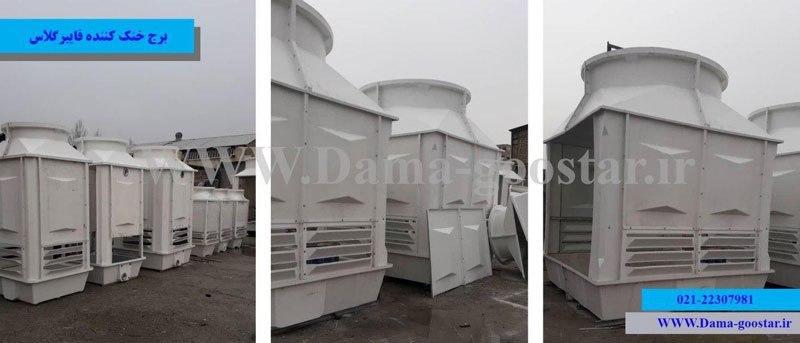
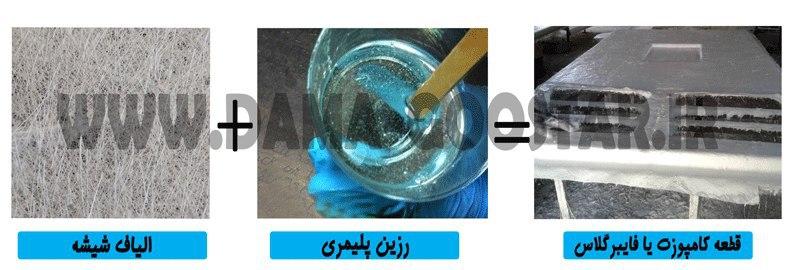

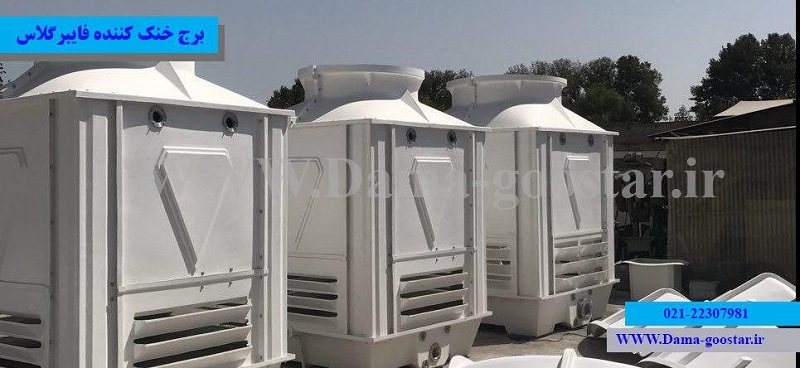
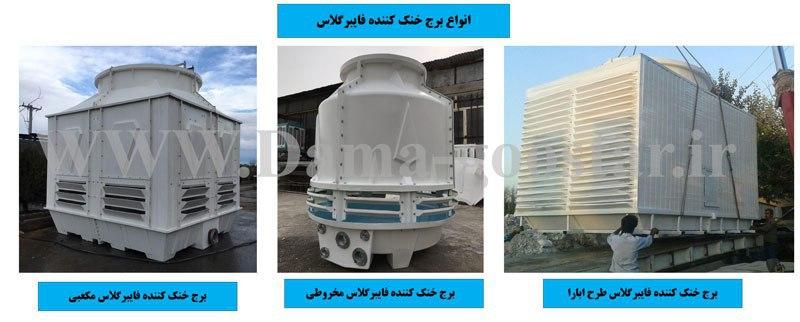
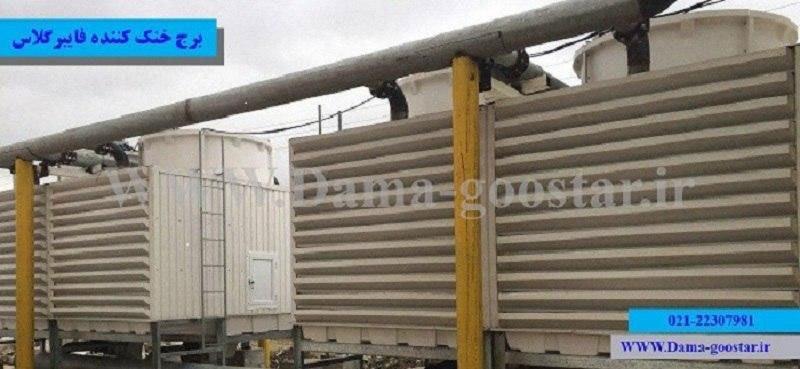
درباره این سایت